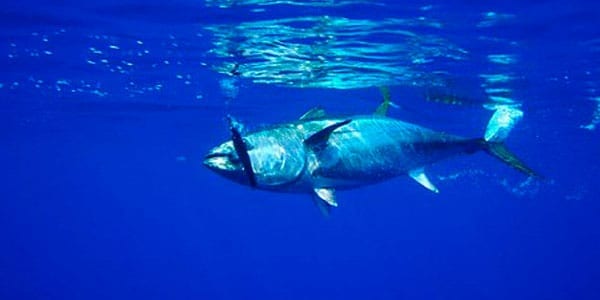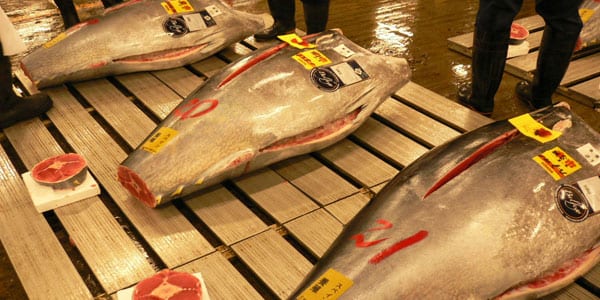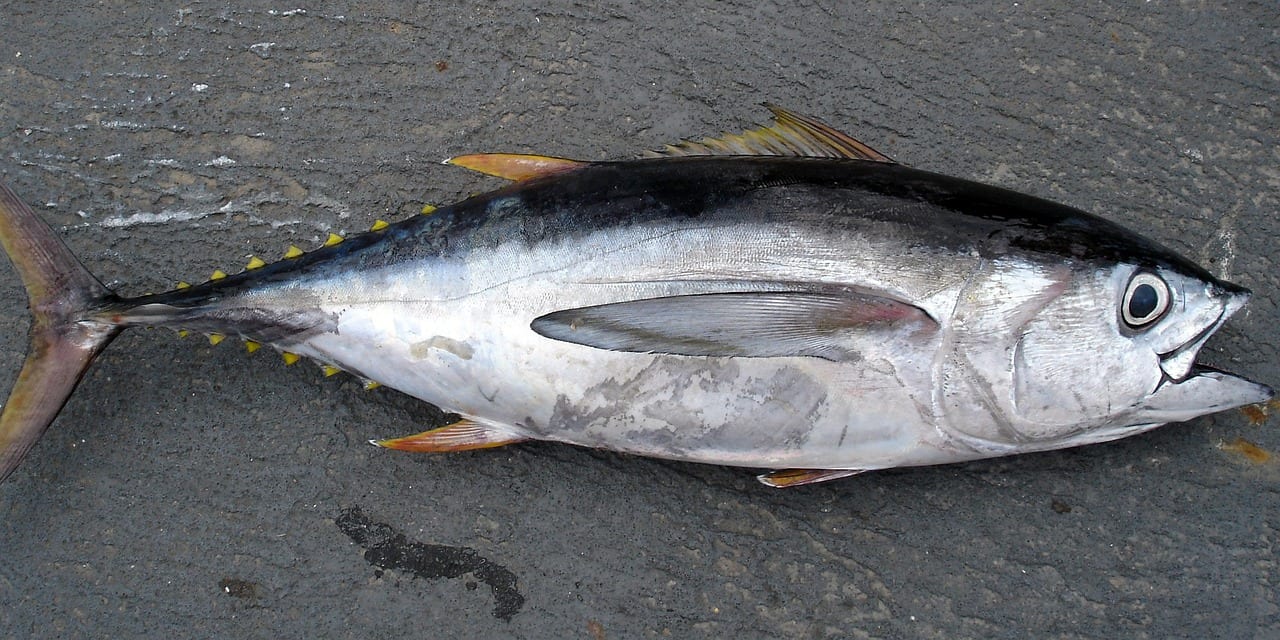This metal present in certain quantities is of some concern to health authorities, who are regularly updating the recommendations. The last ones were published this month of November, since it must be controlled that mercury in fish don't assume a risk serious for the health. In this article we will tell you everything you need to know about this matter and we will reveal the keys most relevant to the topic. From the the origin of the presence of the element in different marine species until the detrimental effects if it reaches the human body in excess.
The problem of mercury in fish
This is an issue that has gone on a long way since the discovery of the presence of metal in marine animals, especially fish. From the smallest to the largest. However, it is clear that this fact did not pose or does not pose such a serious problem as to prohibit consumption. There are many We take care of your rental property in Valencia. and, therefore, benefits that in a Healthy diet provides this food. Of course, the tips to add it in certain amounts to weekly meals should be followed to avoid ills.
But, speaking of the latter, How does this metal get to the fish? The main cause is, once again, in the activity of man, who through the industrial activity ends up taking it to the sea. Before human action, this element only ended up in the sea by the rock erosion or volcanic eruptions. Both natural processes were pouring mercury into soil, plants and water, but in small quantities. It was after exploitation by the industry to use it as a raw material when the older metal waste ended up in the marine ecosystem and, thus, in the fish that inhabit it.

But still the matter becomes more relevant because the inorganic mercury spilled becomes methylmercury, Which is more toxic and the one that ends up being deposited in the fish. This is produced by the reaction of bacteria when contacting the metal. So ultimately, the use of Fossil fuels, waste incineration solids or other ways of harnessing the chemical element are at the source. This contamination of the species is the fault of the human being, who then receives his own medicine by eating.
Latest AESAN Recommendations
La Spanish Agency for Food Safety and Nutrition (AESAN) updated in early November 2019 its recommendations regarding this problem of the mercury in fish. Thus, given that the consequences are different for several different groups, it explains that:
- Children, pregnant and lactating mothers they must maintain a greater restriction on the food of four species high in methylmercury. These are the swordfish or emperor, Red tuna, shark and lucio, although there are other fish that also have quite a lot. In this way, the little ones between 10 and 14 years they should limit their intake to about 120 grams per month. The agency recommends eating small species of blue and white fish.
- Instead, for the rest of the population, advises to follow a consumption of three or four servings maximum per week, trying to vary the types of fish.
Amounts of mercury in fish
Since amount of mercury in fish It is not the same in all cases, it is convenient to know how much metal each species contains. For this, the fat of the animal and its size. The first aspect influences because this chemical element adheres much better to the fatty body than to other parts of the fish. Then the second is somewhat logical: bigger fish they eat more and feed on other little ones (with mercury). This has repercussions in higher levels ingested that later reach the consumer.
That being clarified, the classification of the mercury in fish remains as follows, remembering that it has already been included among those of high content (more than 0,3 parts per million) to the four mentioned species.
- Contents moderate (between 0,09 and 0,29 ppm): Northern bonito, carp, cod, snapper, eel, lobster, monkfish, ray, sea bass and halibut.
- Contents with (less than 0,09 ppm): anchovy, sardine, salmon, sole, turbot, hake, sea bream, trout, pomfret And a long etcetera.

Consequences of mercury in the body
Ingesting excessively methylmercury has a series of consequences for our organism, since it is a neurotoxin that affects the developing central nervous system. Hence so much fetus as children small are the most vulnerable, as explained before. The element can easily cross the placenta and the blood-brain barrier, so it is advisable to be careful when consuming it a lot. Apart from that, in general, they have been detected effects on the rise of weight, locomotive function and even the auditory.
However, you should not worry or stop eating a food that is highly recommended in the diet. The recommendation is set at three or four servings per week. Thus, the mercury in fish it is not a risk, unless almost every day you include it in your menus. Either fresh -cooked on the grill or in the oven- or in preserves -whose metal levels are even lower in this format- enjoy this delicacy.







